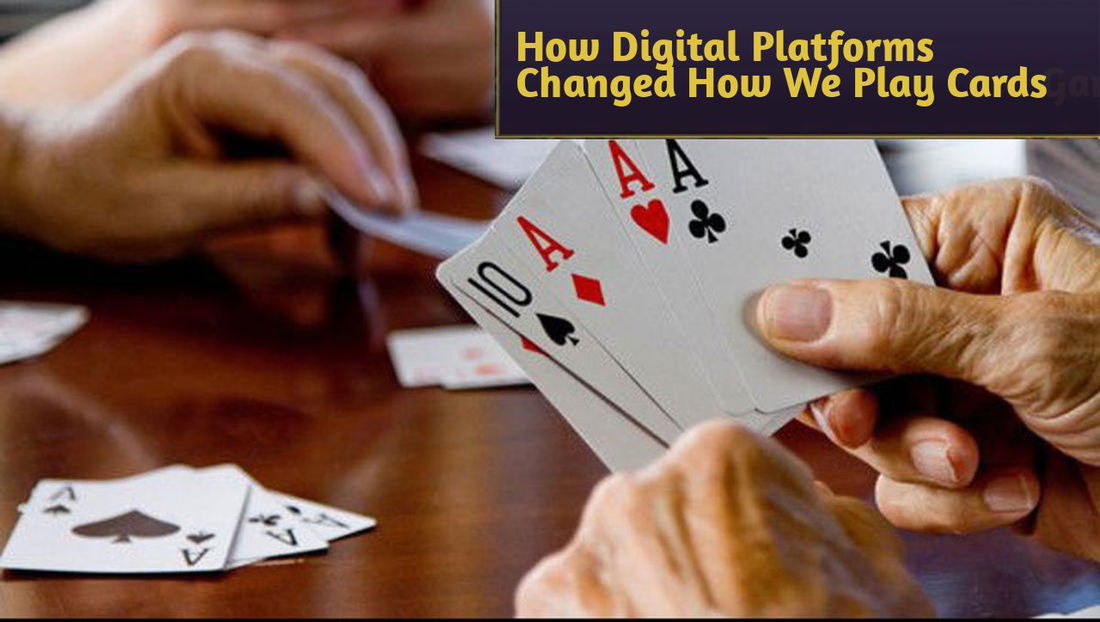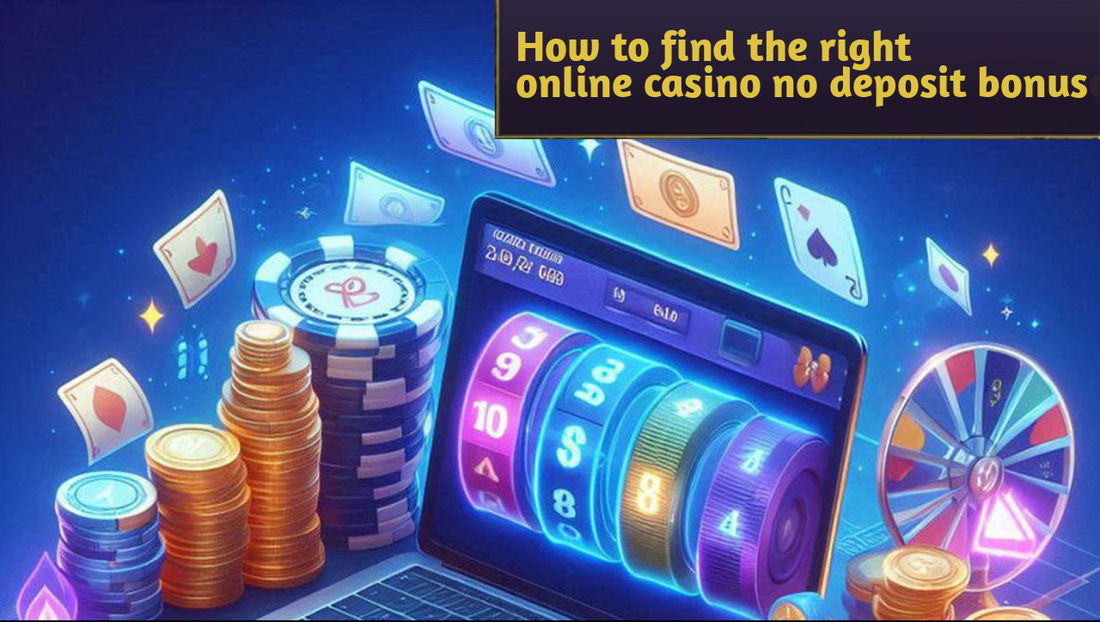Pokémon TCG prices have jumped high in the last few months. The beloved trading card game has changed from a childhood hobby into a serious investment. Many collectors now ask why Pokémon TCG cards command such premium prices.
Getting started costs much more these days. Moreover, the most valuable cards now sell for over $1000, and new products often cost 300% more than MSRP. People keep buying them despite these high prices. Many wonder if this growth will last or if it's just another collector bubble ready to pop. Here’s the truth behind this trading card boom.
The Evolution of Pokémon TCG and Its Market
The Pokémon Trading Card Game started as a modest venture in Japan. Media Factory released the original set in October 1996 with artwork by Ken Sugimori, Mitsuhiro Arita, and Keiji Kinebuchi. Their designs drew inspiration from the Pokémon Red, Green, and Blue video games. The game's popularity soared quickly and inspired its North American debut in 1999.
Amazingly, the TCG has grown remarkably worldwide since then. Players saw the introduction of new card types like Metal and Darkness Pokémon. The game also kept reinventing itself through multiple series, such as Neo, e-Card, and EX, to keep players engaged. In fact, by 2023, the Pokémon Company had created nearly 53 billion cards across 89 countries.
Furthermore, the Pokémon Trading Card Game Pocket app was launched in 2024. People highly welcomed it and the application attracted over 60 million downloads in a short period. The Pokémon Company continues to invent today with new releases. Some include the Terastal Festival Ex and Prismatic Evolutions. The new sets feature fan favorites like Eevee and its evolutions to keep collectors and players excited about the game.
The 2025 Boom: What’s Driving the Price Surge?
Multiple factors came together to create the perfect storm for Pokémon TCG price inflation. The release of the Obsidian Flames expansion stands out as the biggest driver, with chase cards like Charizard Ex selling for a higher price in the secondary market. Logan Paul also made waves in the TCG world. He bought a PSA 10 Pikachu Illustrator card for a whopping $5.275 million.
His high-profile purchase convinced many people that Pokémon cards could be serious investments. Also, Pokémon's 30th anniversary celebration changed everything about collecting. Major retailers sold out of limited edition commemorative sets within minutes. This is because their small production runs made them more valuable and collectible.
The broader economy also contributes to this surge in prices. It includes market conditions, limited availability, growing interest, and smart marketing. Much like sports betting, where knowing the right platforms matters as much as timing your bets, the Pokémon card market thrives on speculation. If you're curious about wagering in a more structured way, check out this sports betting review to compare top-rated platforms and odds.
The Role of Scalpers and the Secondary Market
Scalpers have emerged as a controversial force driving up Pokémon TCG prices. The opportunistic resellers buy products in bulk and sell them at inflated prices, which creates an artificial shortage in the market. Undoubtedly, the growing popularity of Pokémon cards has made this problem worse.
Scalping hurts more than just collectors. Game stores can't get enough inventory because unauthorized sellers pretend to be brick-and-mortar stores to get allocations meant for tournament venues. The scalpers list products on eBay at high prices right away, which damages the community that keeps the game alive. Tournament stores without products can't support competitive play, and this weakens the game's future.
Unfortunately, the predatory reselling has turned the hobby into a toxic investment game. Cards have become assets rather than game pieces. It pushes out casual players and kids, the people Pokémon was made for. Social media also makes it worse, with Twitter accounts, Reddit communities, and Discord groups sending live restock alerts to profit-seekers.
Can the Market Be Stabilized?
The Pokémon TCG community faces a pressing challenge as card prices keep climbing higher. Several ways exist to bring balance back to this overheated marketplace. The official tournament program, Play! Pokémon helps stabilize the market through yearly Standard format rotation. This practice challenges existing players to create new strategies and enables new players to get involved. Additionally, it naturally makes them move away from older cards to new ones.
On top of that, the biggest problem lies in supply not matching demand. The Pokémon Company International could reduce many pricing issues by increasing print runs and ensuring that more products reach the hands of players and collectors. They don't deal very well with demand, which lets resellers take advantage of artificial shortages.
The market will stay unstable until The Pokémon Company matches supply with demand and retailers put stronger anti-scalping measures in place. This complex mix of scalpers, influencers, production levels, and consumer behavior needs careful attention to achieve lasting stability.










— 코멘트 0
, 반응 1
첫 댓글을 남겨보세요